This is one of the harvest festivals celebrated by the Chakhesang Nagas of Nagaland. Bound to the regions of North East India, the joviality of the festival is anchored by the Chakesang tribe who dignify the festival with a keen and confident approach. Being categorized under popular festivals of Nagaland, this commemoration also steers the wheels of eco-tourism against the quaint enclosure of Nagaland. It is prominently celebrated in Phek district of Nagaland. Girls and boys are sanctified during this festival through traditional rituals and ceremonies. Pertaining to tradition, the festival observes a runtime of six days. It is celebrated with great importance and significance. It is a festival of sanctification and is a form of baptism in the Chakhesang culture. The festival is lined with music, singing, dancing, feasting, and sacrificing of animals and prayers before the Almighty. Preceded by the harvesting of goods produced in fields, the festival is overlooked with endearment.
History of the Festival
The Chakhesangculture calls for sanctification of young children and men and the people on the 15th of January every year. The ceremonies and rituals performed at the time of the festival are religious in nature. The first few days are spend in the joyous preparations for the main events and feast. People pray to the Almighty to bless and purify their souls and hence the initiation of various rituals for the purpose is carried out. All the same, travelers and native locals on holidays, clamber to witness this beautiful festival unfurl in a vibrant display of colorful succession.
Duration of the Festival
The festival is celebrated for over 6 days. Sukrenye starts from the 15th January and ends by 20thJanuary. The first few day are simply for the preparation of the main event that takes place at the end. Although all rituals and ceremonies carried out during the festival hold significant importance.
Highlights/ Important Rituals of the Festival
- On the first day of this six day long festival, roosters are slaughtered at every home and the blood of the sacrificial bird is collected to be sprinkled on the main post of respective homes. The first day is called Cedu.
- It is believed that sprinkling sacrificed animal blood on the home post ward off evil spirit.
- Cooked meat, and rice beer is offered to the village’s head priest or priestess.
- The second day known as Sukhruh is meant for the purification of men. On this day men and young boys are to bathe with fresh water fetched by them.
- The ritual is to be performed early morning before any bird awakens and requires men and boys to bathe at the well.
- They water from the well is thereafter considered holy.
- Only the newest of fire and utensils are used in order to validate this ritual.
- Holy water from the well is to be used for cooking of the rooster. After the men and boys consume the cooked rooster, the purification process is completed.
- The third day is registered for the event wherein one cleansesoneself, especially women. This day is known as ThunoNuso. The mothers at each home prepare a meal from hen which is served to the daughter to sanctify them.
- The fourth day known as MuthiCelo is conditioned to feasting.
- Fifth day isCeduZhongu which signifies the completion of the rituals and ceremonies.
- The last day is for rejoicing, feasting, partaking in singing, dancing and merrymaking. The day is known as ThunyeMukra


























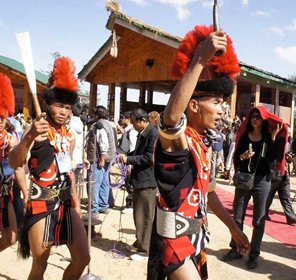
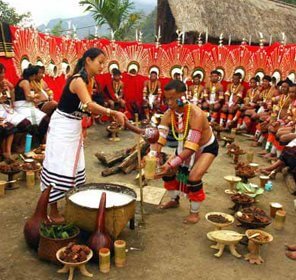
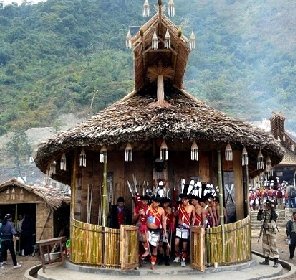
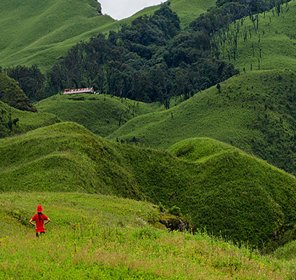
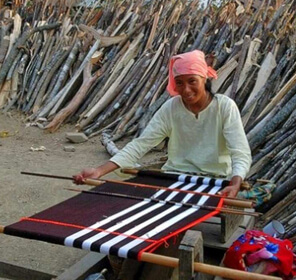
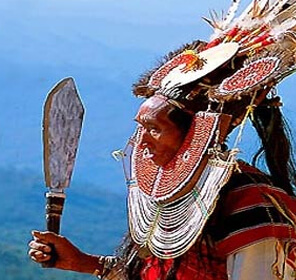
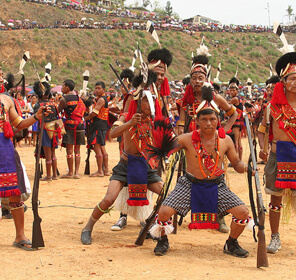
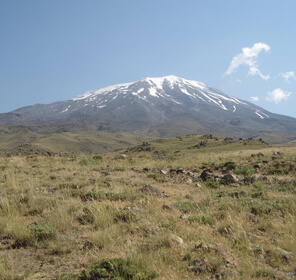
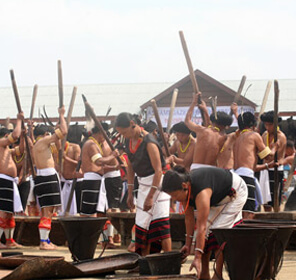
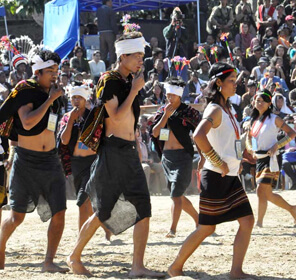
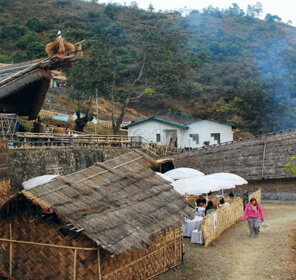
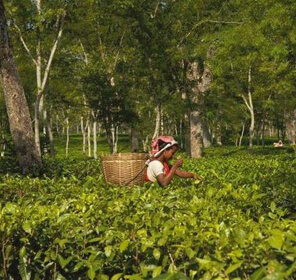
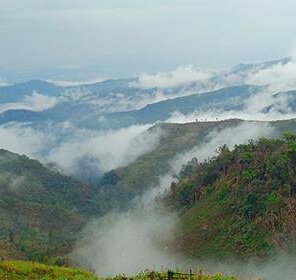

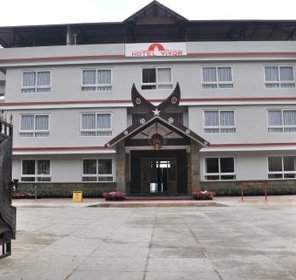
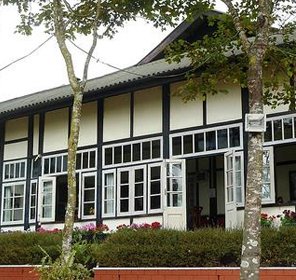

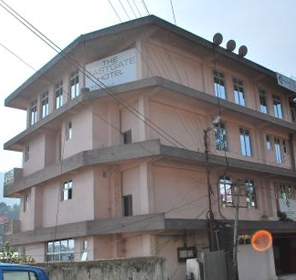
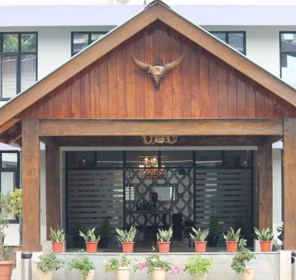
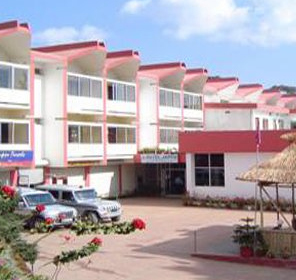
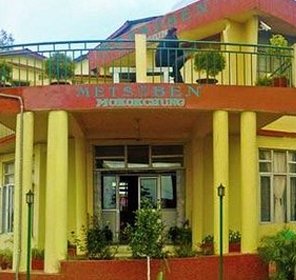
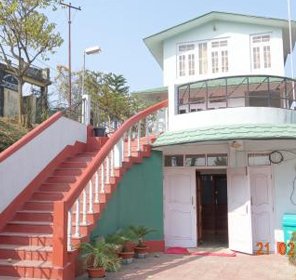
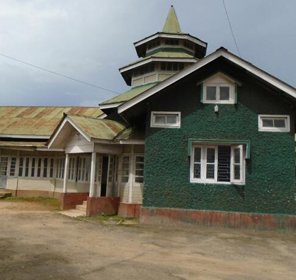

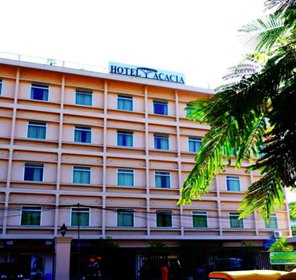
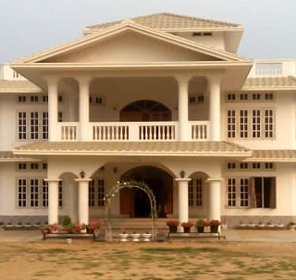

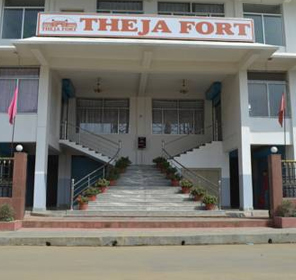


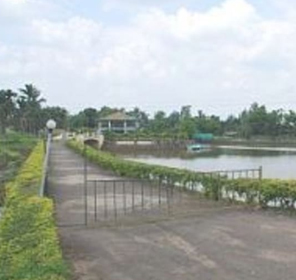

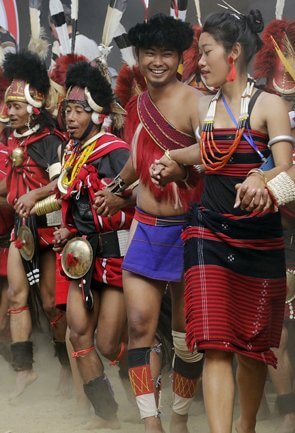
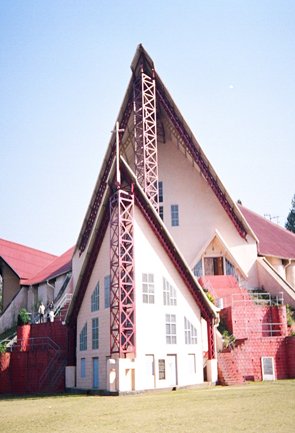
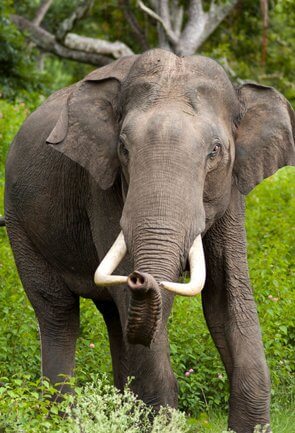

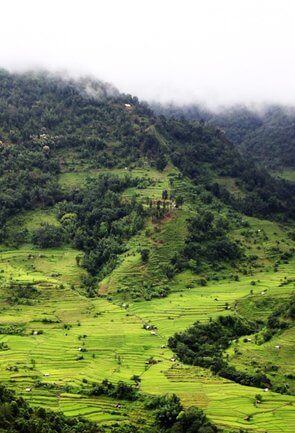
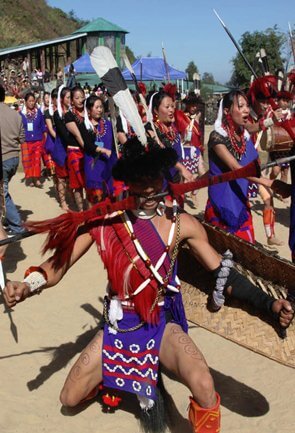



 Plan Trip
Plan Trip Call Us
Call Us Packages
Packages Home
Home